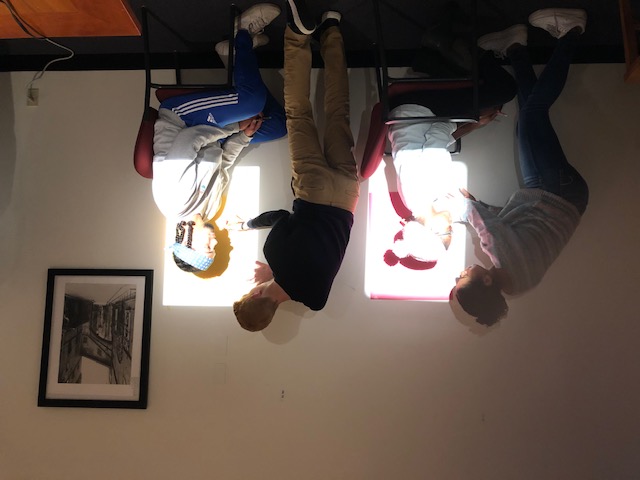Art History Students Intrigued by Silhouette Art
By Martie Janeway
This semester, students in the course African Americans and Art have been captivated by the silhouette artist Moses Williams (1777-c. 1825), a Black man enslaved by one of the foremost painters of the nineteenth century, Charles Willson Peale.
At Peale’s Philadelphia Museum, Williams operated the physiognotrace, a portable device used to create a reduced size profile of a sitter. After finishing the tracing, Williams cut the profile from the white sheet of paper and discarded it. He then layered the remaining white paper (with the sitter’s profile) over a contrasting sheet of black paper to create a silhouette portrait.
These silhouettes, made by Williams and other antebellum artists, were wildly popular with middle class consumers who found the silhouettes more reasonably priced than other forms of portraiture.
The form is considered enigmatic as it simultaneously reveals some of aspects of a subject’s appearance, while obscuring others. In the twenty-first century, interest in the form has been renewed by the striking silhouette figures produced by New York-based artist Kara Walker, who uses them to investigate issues of race, gender, sexuality, and violence.
Inspired by Williams’s story, intrigued by Walker’s works, and eager to test the limits of the silhouette form, students collaborated to trace, cut, and assemble their own silhouettes.